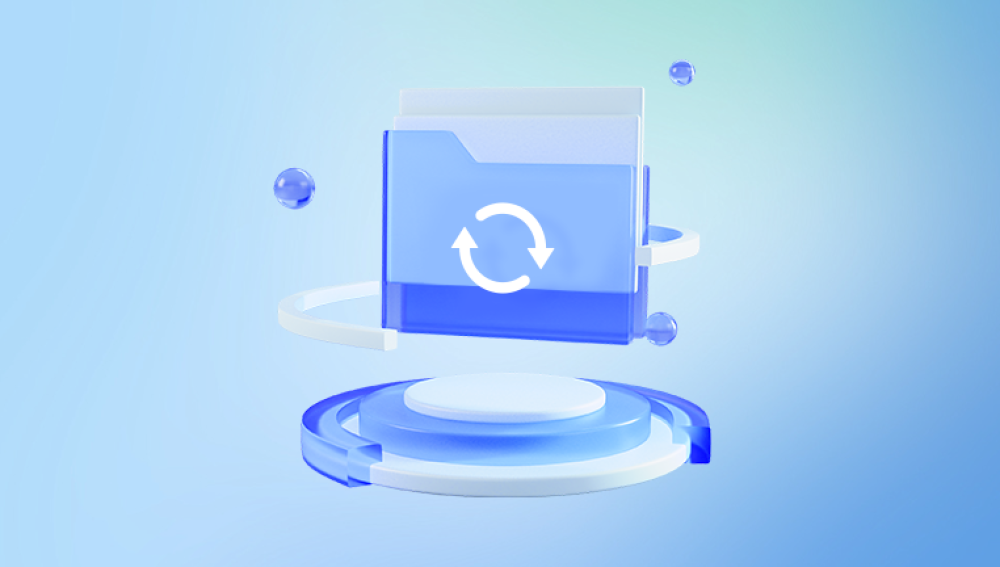Corrupted picture files can be incredibly frustrating, especially if they contain cherished memories, important work images, or critical design elements. Fortunately, there are several reliable methods you can try to recover and repair these files.
Understanding Picture File Corruption
Before diving into the repair process, it’s important to understand what causes image corruption. Corruption refers to the alteration of file data in a way that makes the file unusable, partially unreadable, or distorted. Common symptoms include:

File won’t open at all
Only a portion of the image displays
Visual distortions like lines, noise, or incorrect colors
File size is unusually small or large
Error messages when attempting to open the file
Common Causes of Picture File Corruption
Sudden Power Loss: Turning off the device or a power outage while saving or transferring an image.
Virus or Malware Attack: Malicious software can damage image file headers or content.
Bad Sectors on Storage Media: Faulty sectors on a hard drive, SD card, or USB drive can corrupt stored image data.
Improper File Transfers: Unplugging devices or canceling transfers prematurely.
Software Glitches: Errors or bugs in image editing software can result in corrupted save files.
Unsupported Formats: Opening an image file in an incompatible or outdated viewer.
Initial Steps Before Attempting Repair
Back Up the File: Always create a copy of the corrupt file before making any changes.
Try a Different Viewer: Some viewers are more forgiving with corrupted image data. Try opening the file in different software like IrfanView, GIMP, Photoshop, or even a web browser.
Use Another Device: Sometimes a different operating system or device can handle the file better.
Method 1: Use Built-In Tools and Applications
Windows Photos App: Occasionally, the default Photos app can open partially corrupted files that other software can't.
Microsoft Paint: Try opening the image in Paint and then saving it as a new file format (e.g., JPG to PNG).
Preview on macOS: Mac users should try opening the file in Preview and exporting it to another format.
Steps:
Right-click the file
Select "Open with"
Choose a different program
Save As or Export the file to a new format
Method 2: Use Image Repair Software
There are several third-party programs specifically designed to repair image files:
Stellar Repair for Photo
JPEGsnoop
PixRecovery
File Repair
Hetman File Repair
Panda Repair
These tools can often analyze and fix damaged headers, missing metadata, or fragmented image structures.
General Process:
Install and launch the chosen software
Upload the corrupt image file(s)
Click on the repair or recover button
Preview the output and save the repaired image
Method 3: Convert the Image Format
Sometimes, simply changing the image file type can bypass corrupted sections.
Tools You Can Use:
Online converters (e.g., Zamzar, Convertio)
Image editing software (Photoshop, GIMP)
Command-line tools (ImageMagick)
Steps:
Open the image in an editor (if possible)
Use "Save As" or "Export As" to convert it to a different format (e.g., JPG to BMP, PNG to TIFF)
Method 4: Restore from Backup or Cloud Services
If you use cloud backup services like Google Photos, iCloud, OneDrive, or Dropbox, you might be able to retrieve an earlier version of the file.
Steps:
Log into the cloud account
Navigate to the image folder
Check for older versions or undeleted backups
Download and compare to identify uncorrupted files
Method 5: Use Hex Editors for Advanced Repair
For those with technical expertise, a hex editor allows manual examination and editing of the image file structure.
Common Hex Editors:
HxD
Hex Fiend (macOS)
Procedure:
Open a healthy file of the same format and compare headers
Copy header information to the corrupt file
Save and reopen the file using a standard viewer
Note: This method is complex and should only be attempted by experienced users.
Method 6: Recover Lost Images from Storage Devices
If your image file got corrupted during transfer or disappeared entirely, data recovery software might help:
Recommended Tools:
Panda Repair
Corrupt picture files can be devastating whether it’s treasured family photos, important business visuals, or design drafts. Panda Repair offers a streamlined and reliable solution for fixing damaged image files quickly and safely, no technical expertise required.
When a picture file is corrupted, symptoms can include error messages when opening, partial display of the image, distorted visuals, or a completely unreadable file. These issues often arise due to sudden power outages, improper file transfers, virus infections, or storage media errors. Panda Repair is designed to detect and resolve these problems with minimal effort from the user.
Using Panda Repair is straightforward. Once the software is launched, users simply upload the corrupt picture files—whether in JPEG, PNG, TIFF, or other common formats. The program scans the file structure for errors, such as damaged headers or fragmented data, and applies intelligent repair algorithms to restore the image. Unlike generic repair tools, Panda Repair also offers a preview option, so users can see the results before finalizing the process.
Steps:
Install the software
Select the drive or device containing the image
Run a scan
Locate and recover the image
Preventing Future Image File Corruption
Backup Regularly: Use external drives or cloud storage.
Use Quality Storage Media: Invest in reputable brands for USBs, SD cards, and external hard drives.
Eject Devices Properly: Always use "Safely Remove Hardware."
Install Antivirus Software: Keep your system protected from malware.
Keep Software Updated: Especially image editing and viewing tools.
Avoid Interruptions: Don’t shut down or disconnect devices during transfers.
When to Seek Professional Help
If none of the above methods work, or if the file contains vital data, consider hiring a professional data recovery service. These experts have access to high-end tools that can sometimes repair files when standard software fails.
While discovering a corrupt image file can be alarming, it's not always a lost cause. There are multiple tools and techniques—from simple format conversions to advanced repair software like Panda Repair—that can help you recover your valuable photos. By understanding the causes of corruption and using a careful, step-by-step approach, you stand a strong chance of restoring your images. Always remember to back up your files regularly and handle digital data with care to prevent future loss.




